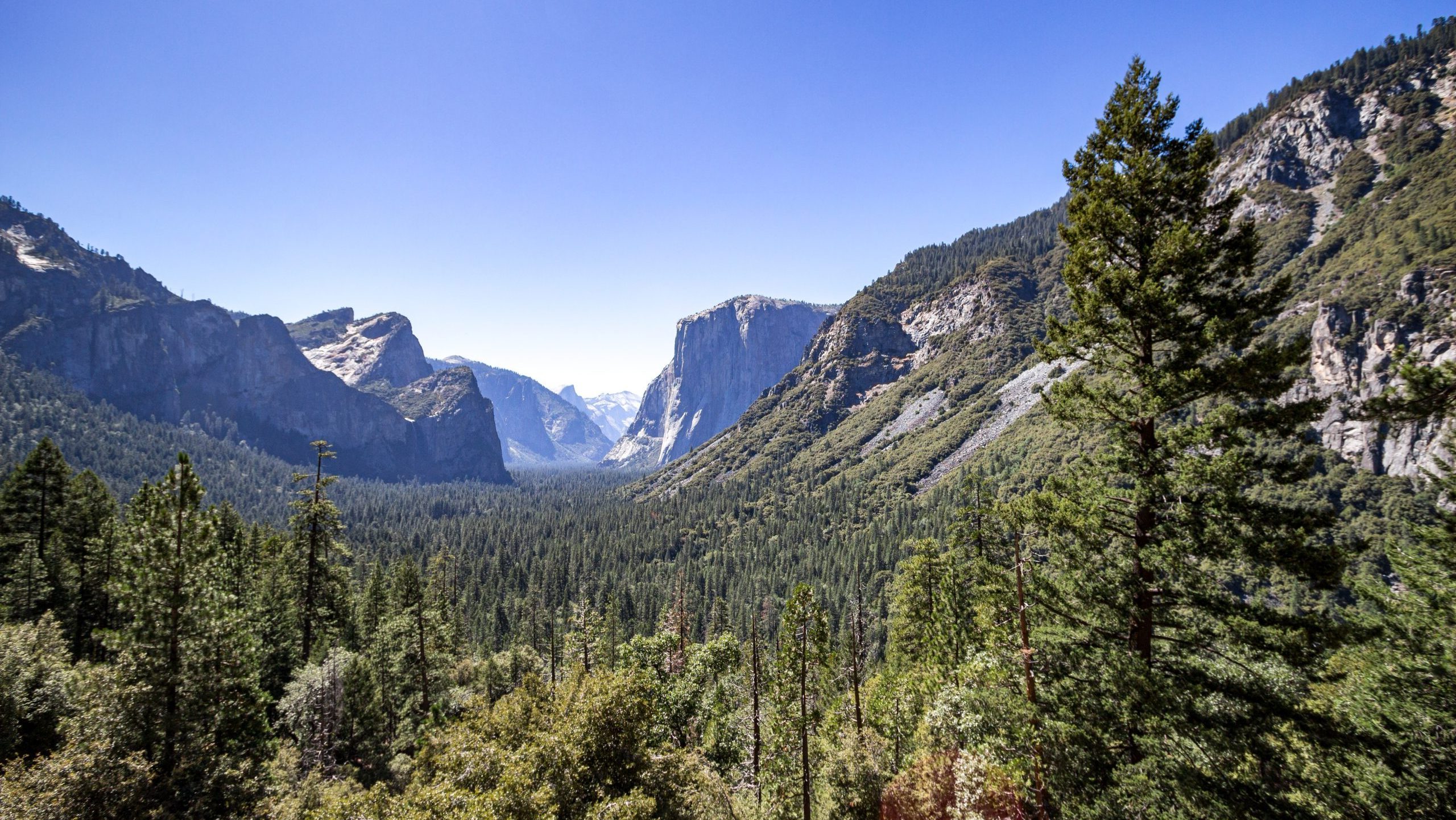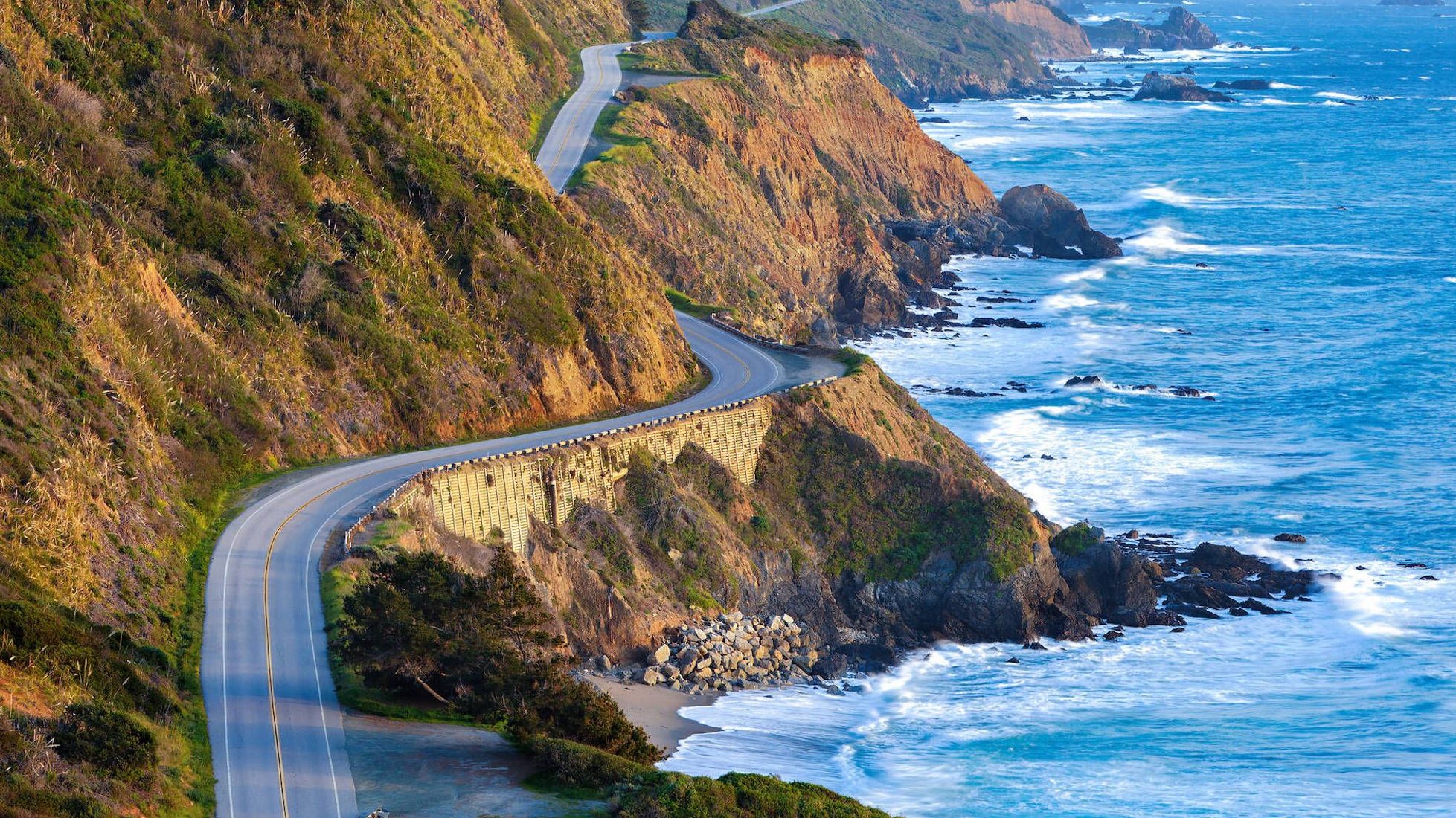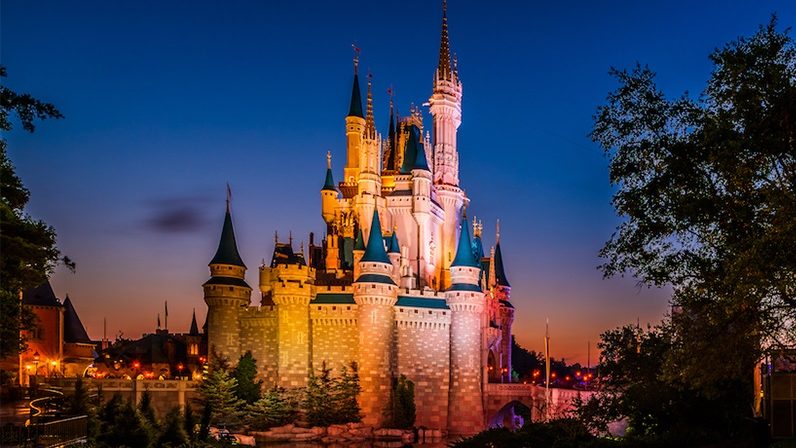Discover the ultimate hiking destinations across America — from rugged mountain trails to breathtaking desert canyons — backed by expert tips and scientific research.
Introduction: America’s Love Affair with Hiking
Hiking is one of the most beloved outdoor activities in the United States — and for good reason. With 63 designated national parks spread across the country, America offers diverse landscapes that range from snow-capped peaks to subtropical forests. These natural treasures not only invite adventure but also nurture mental and physical health.
In fact, a 2022 Stanford University study found that spending time in nature, such as hiking in national parks, can reduce stress, improve cognitive function, and lower the risk of depression. This growing body of research supports what hikers have always known — that time spent on the trail is healing for the body and soul.
Table of Contents
-
Why Hike in U.S. National Parks
-
Best National Parks for Hiking (Top 10)
-
Yellowstone National Park
-
Yosemite National Park
-
Zion National Park
-
Grand Canyon National Park
-
Great Smoky Mountains National Park
-
Glacier National Park
-
Rocky Mountain National Park
-
Acadia National Park
-
Olympic National Park
-
Arches National Park
-
-
Scientific Research: The Health Benefits of Hiking
-
Table: Quick Comparison of Hiking Parks
-
Planning Tips for a Safe Hiking Trip
-
FAQs
Why Hike in U.S. National Parks
National parks are America’s natural playgrounds — protected spaces where the wilderness is preserved for generations to enjoy. Hiking in these parks allows you to:
- Disconnect from technology and reconnect with nature.
- Explore unique ecosystems ranging from alpine tundra to desert canyons.
- Experience world-class trails with maintained paths and safety measures.
- Promote well-being: According to Harvard Health, walking in green spaces can lower blood pressure and improve mood.
Whether you’re a beginner or a seasoned hiker, the U.S. National Park System offers something for everyone.
1. Yellowstone National Park (Wyoming, Montana, Idaho)
Best for: Wildlife viewing and geothermal landscapes
As America’s first national park, Yellowstone is a must-visit for hikers. The park spans over 2.2 million acres of wilderness filled with geysers, hot springs, and waterfalls.
Top Hiking Trails:
- Fairy Falls Trail: 5.4 miles round-trip with a spectacular view of the Grand Prismatic Spring.
- Mount Washburn Trail: 6.8 miles round-trip offering panoramic views and frequent bighorn sheep sightings.
- Uncle Tom’s Trail: A steep, short hike to the base of the Lower Falls in the Grand Canyon of Yellowstone.
Why Go: You’ll hike past bubbling geysers, colorful hot springs, and abundant wildlife — including bison, elk, and bears.
SEO Keywords: best hiking in Yellowstone, Yellowstone national park trails, top hikes in America, national park hiking guide
2. Yosemite National Park (California)
Best for: Majestic granite cliffs and iconic viewpoints
Yosemite is one of the most recognized national parks in the world, known for its dramatic cliffs, towering waterfalls, and ancient sequoias.
Top Hiking Trails:
- Mist Trail to Vernal and Nevada Falls: 7 miles round-trip, breathtaking waterfall views.
- Half Dome Trail: 14–16 miles round-trip, challenging and requires a permit.
- Glacier Point Trail: Easy 1-mile walk with some of the best views of Yosemite Valley.
Research Insight: A study by the University of Michigan found that walking in scenic natural settings like Yosemite boosts memory retention and focus compared to walking in urban environments.
SEO Keywords: best hikes in Yosemite, Yosemite hiking guide, Half Dome permit tips, national park trails USA
3. Zion National Park (Utah)
Best for: Dramatic red rock formations and slot canyons
Zion’s towering sandstone cliffs and narrow canyons offer some of the most unique hiking experiences in the country.
Top Hiking Trails:
- Angels Landing: 5.4 miles round-trip, famous for its steep, exposed ridgeline.
- The Narrows: Hike through the Virgin River surrounded by 1,000-foot canyon walls.
- Observation Point: 8 miles round-trip, offering panoramic views of the valley.
Pro Tip: Permits are required for Angels Landing due to high demand.
SEO Keywords: Zion national park hiking, best trails in Utah, Angels Landing tips, slot canyon hikes USA
4. Grand Canyon National Park (Arizona)
Best for: Epic views and endurance challenges
The Grand Canyon offers more than just vistas — it’s a hiker’s paradise with trails that descend deep into one of the most awe-inspiring landscapes on Earth.
Top Hiking Trails:
- Bright Angel Trail: 9.5 miles one way to the Colorado River.
- South Kaibab Trail: 7 miles to the river, with less shade but grander views.
- Rim Trail: Easy, mostly paved trail for families and casual walkers.
Research Insight: The University of Utah’s Geoscience Department reports that the canyon’s exposed rock layers provide a 2-billion-year geologic record — making every hike a journey through time.
SEO Keywords: grand canyon hiking trails, best national park hikes, hiking USA travel, south rim vs north rim
5. Great Smoky Mountains National Park (Tennessee, North Carolina)
Best for: Misty forests and Appalachian biodiversity
As the most visited national park in the U.S., the Smokies offer over 800 miles of trails, including sections of the Appalachian Trail.
Top Hiking Trails:
- Alum Cave Trail to Mount LeConte: 11 miles round-trip with panoramic views.
- Clingmans Dome Trail: Short but steep, leads to the highest point in the park.
- Laurel Falls Trail: Family-friendly 2.6-mile hike to a picturesque waterfall.
Fun Fact: The park is home to over 19,000 documented species of plants and animals — more than any other U.S. national park.
SEO Keywords: smoky mountains hiking, best national parks in east USA, appalachian hiking trails, Tennessee hiking guide
6. Glacier National Park (Montana)
Best for: Alpine lakes and glacier-carved peaks
Known as the “Crown of the Continent,” Glacier National Park features over 700 miles of trails, pristine lakes, and stunning mountain scenery.
Top Hiking Trails:
- Highline Trail: 11.8 miles one way, offers jaw-dropping views of the Continental Divide.
- Grinnell Glacier Trail: 10.3 miles, passes through waterfalls and turquoise lakes.
- Hidden Lake Overlook: Easy 2.7-mile round-trip with great wildlife viewing.
SEO Keywords: glacier national park trails, best hikes in Montana, scenic mountain hikes USA, national park road trip
7. Rocky Mountain National Park (Colorado)
Best for: High-altitude adventures and alpine lakes
At elevations exceeding 12,000 feet, this park offers trails that literally take your breath away.
Top Hiking Trails:
- Sky Pond via Glacier Gorge Trail: 9 miles round-trip, featuring waterfalls and alpine views.
- Emerald Lake Trail: 3.6 miles round-trip, family-friendly and incredibly scenic.
- Longs Peak Trail: 15 miles, one of Colorado’s classic 14er hikes.
Scientific Research: The University of Colorado Boulder has studied the park’s fragile alpine ecosystem, emphasizing the importance of staying on trails to prevent erosion.
SEO Keywords: colorado hiking trails, rocky mountain national park hikes, high altitude hiking tips, mountain hiking USA
8. Acadia National Park (Maine)
Best for: Coastal hiking and sunrise views
Located on Maine’s Mount Desert Island, Acadia offers a mix of ocean, forest, and mountain landscapes — making it one of the most photogenic parks in the nation.
Top Hiking Trails:
- Precipice Trail: 2.6 miles round-trip, includes iron rungs and ladders.
- Jordan Pond Path: 3.5 miles, easy loop around a serene lake.
- Cadillac Mountain Summit Trail: 7.4 miles, where you can see the first sunrise in the U.S.
SEO Keywords: acadia national park hiking, best coastal hikes USA, maine national parks, sunrise hikes America
9. Olympic National Park (Washington)
Best for: Rainforests, beaches, and mountain diversity
Olympic offers three distinct ecosystems — lush rainforests, rugged coastlines, and alpine peaks — all within a single park.
Top Hiking Trails:
- Hoh Rain Forest Trail: 6.2 miles round-trip through ancient moss-covered trees.
- Hurricane Ridge Trail: 3 miles round-trip with sweeping mountain views.
- Rialto Beach Trail: Coastal hike featuring sea stacks and tide pools.
SEO Keywords: olympic national park hikes, rainforest hikes usa, best hikes in washington state, coastal hiking national park
10. Arches National Park (Utah)
Best for: Unique rock formations and desert sunsets
Home to over 2,000 natural stone arches, this park is a surreal landscape perfect for photographers and adventurers alike.
Top Hiking Trails:
- Delicate Arch Trail: 3 miles round-trip, leads to Utah’s iconic landmark.
- Devils Garden Loop: 7.9 miles, passes through multiple arches.
- Double Arch Trail: Short 0.6-mile trail with dramatic scenery.
SEO Keywords: arches national park hiking, best desert hikes usa, utah national park road trip, red rock formations hiking
Scientific Research: The Health Benefits of Hiking
Modern science supports what nature lovers have always believed — hiking offers profound health benefits.
- Stanford University (2015): Found that nature walks reduce rumination, a key symptom of depression.
- University of Essex (UK): Discovered that “green exercise” (outdoor activity in natural settings) significantly improves mood and self-esteem.
- University of British Columbia: Found that hiking can enhance creativity and working memory by as much as 50%.
These findings suggest that hiking is not only recreational but also a scientifically proven way to boost mental and physical health.
Table: Quick Comparison of the Best U.S. National Parks for Hiking
| National Park | Best For | Top Trail | Difficulty | Unique Feature |
|---|---|---|---|---|
| Yellowstone | Geothermal landscapes | Fairy Falls | Moderate | Hot springs & geysers |
| Yosemite | Granite cliffs & waterfalls | Mist Trail | Moderate–Hard | Half Dome |
| Zion | Red rock canyons | Angels Landing | Hard | Narrow ridge hike |
| Grand Canyon | Deep canyon views | Bright Angel Trail | Hard | Canyon descent |
| Great Smoky Mountains | Forest biodiversity | Alum Cave Trail | Moderate | Misty Appalachian peaks |
| Glacier | Alpine lakes & wildlife | Highline Trail | Hard | Continental Divide views |
| Rocky Mountain | High-altitude hiking | Sky Pond | Hard | Alpine tundra |
| Acadia | Coastal landscapes | Precipice Trail | Moderate | Atlantic sunrise |
| Olympic | Rainforest & coast | Hoh Rain Forest | Easy–Moderate | Ecosystem diversity |
| Arches | Rock formations | Delicate Arch | Moderate | Natural stone arches |
Planning Tips for a Safe and Enjoyable Hiking Trip
- Check Trail Conditions: Always verify closures or weather alerts on the official park website.
- Pack Essentials: Include water, snacks, a first aid kit, and navigation tools.
- Stay on Marked Trails: To protect fragile ecosystems and prevent injuries.
- Start Early: Avoid heat and crowds, especially in popular parks like Zion or Yosemite.
- Respect Wildlife: Keep a safe distance and never feed animals.
- Prepare for Altitude: Gradually acclimate in high-elevation parks like Rocky Mountain or Glacier.
SEO Keywords: hiking safety tips, national park travel guide, usa hiking essentials, how to plan a hiking trip
FAQs
Q1: What is the most popular national park for hiking in the U.S.?
A: Great Smoky Mountains National Park holds the record as the most visited park, with over 12 million visitors annually and hundreds of miles of accessible hiking trails.
Q2: Which U.S. national park offers the best beginner hikes?
A: Acadia and Olympic National Parks provide many easy trails with stunning views, ideal for beginners and families.
Q3: Are permits required for hiking in national parks?
A: Some parks, such as Yosemite (Half Dome) and Zion (Angels Landing), require permits for specific trails due to high demand and safety regulations.
Q4: What is the best time of year to go hiking in the U.S.?
A: Spring (April–June) and Fall (September–October) offer moderate weather and fewer crowds, making them ideal seasons for most national parks.
Q5: How can hiking improve mental health?
A: Research from Stanford University and University of Essex shows that spending time outdoors reduces anxiety, boosts mood, and enhances creativity by lowering cortisol (stress hormone) levels.
Q6: Which park has the most challenging hikes?
A: Zion, Grand Canyon, and Rocky Mountain National Parks feature some of the toughest and most rewarding hikes for experienced adventurers.



